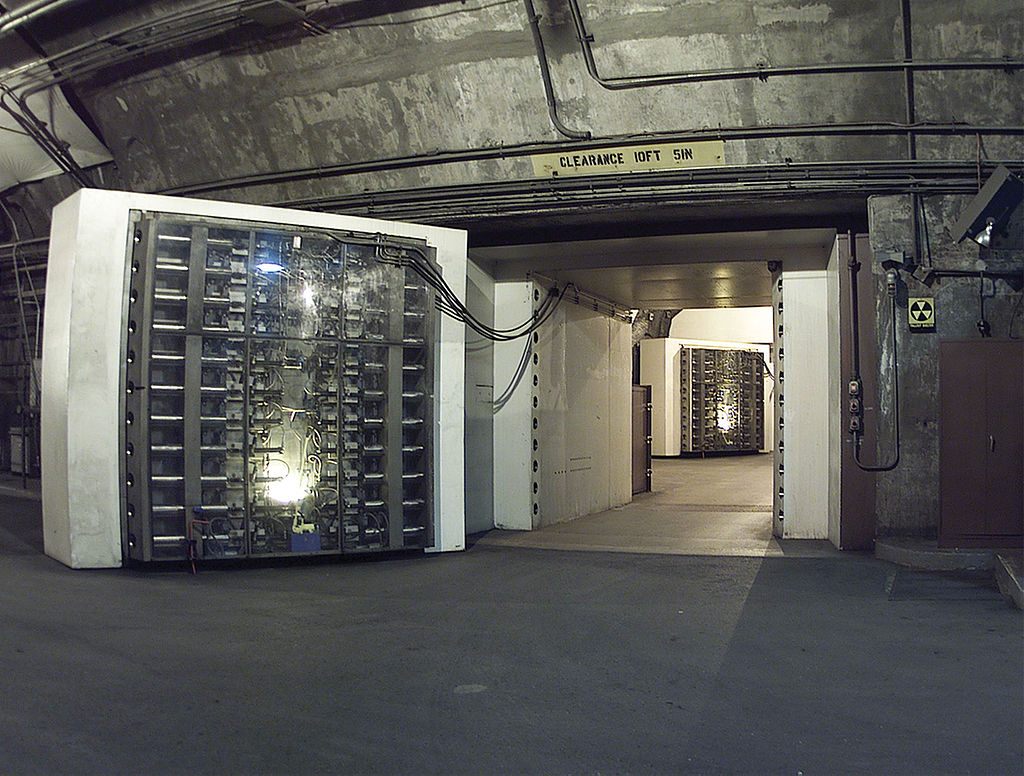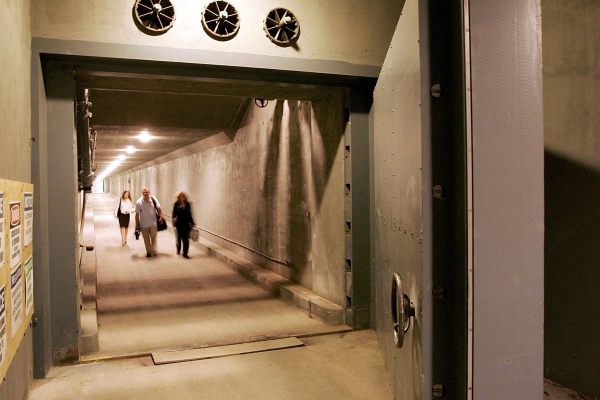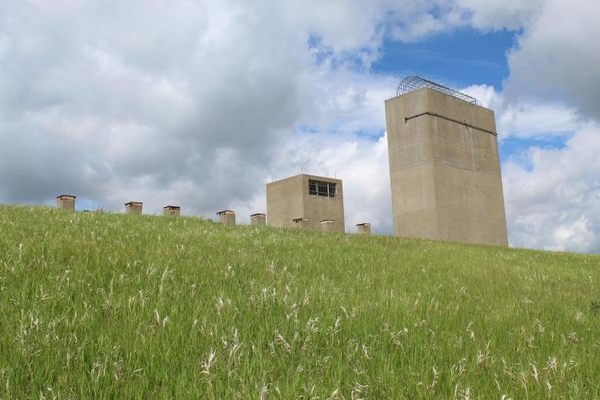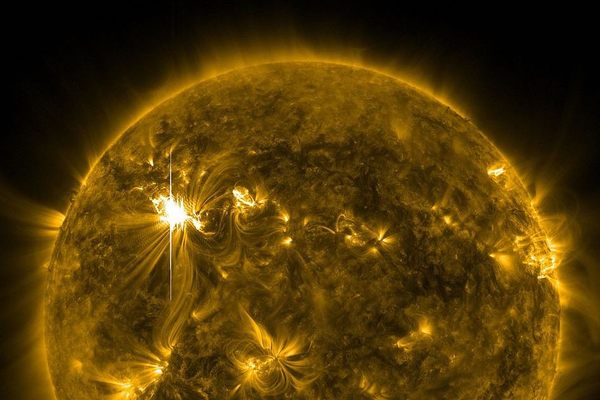What’s Left of America’s Cold War Civil Defense System?
Hawaii is testing its nuclear warning signal. How much other infrastructure is still ready for action?

In the mid-1990s, after the Cold War had come to an end, Hawaii stopped testing its Attack Warning Tone, meant to sound the alarm in the event of a nuclear attack. Why blast an incredibly loud noise each month, when it seemed unlikely to be used?
Now, though, as North Korea keeps testing intercontinental ballistic missiles, the state is revving up its Cold War warning system, with a monthly test. It’s just a precaution, according to state officials, but it’s hard not to see this move as a very unwelcome blast from the past.
For decades of the 20th century, the United States prepped for a nuclear war. Americans were trained in survival; telegraph poles across America were equipped with sirens that would sound if the country was hit with a nuclear weapon. There was even a secret plan to invoke martial law before a war broke out.
All across the country, governments and individuals built shelters and infrastructure like Hawaii’s warning system to ready for the attack. How much of that preparation still stands ready? Could the rest of the country flip a switch back into Cold War prep mode?

For the most part, Cold War infrastructure has been left to deteriorate. Air raid towers might still stand, but they’re rarely operational. A giant bunker in Portland, Oregon, has been sealed and buried; a radar station in Massachusetts was simply abandoned, as was a cube-shaped radio building in California. A fallout shelter built into the Brooklyn Bridge was forgotten. In many cities, siren systems were left to rust: “A lot of times, they try to crank them up after 40 years and they just catch on fire,” one siren expert told The Baltimore Sun in 2004. In Los Angeles, siren enthusiasts made a hobby of hunting down the aging civil defense sirens scattered around the city.
Some facilities have been repurposed. A bunker in Virginia that once held piles of cash is now a film archive. A fallout shelter meant to save Congress has become a data storage facility. A Cold War museum in Los Angeles recently relocated to a nuclear-hardened armory that was obsolete by the time it was finished.
But some results of those years of planning and building have endured. Legally, the Supreme Court could still commandeer the luxurious Grove Park Inn in Asheville, North Carolina, as its emergency headquarters, for instance.

In some states, Cold War warning systems have survived, especially if they’ve been drafted into warning systems for other types of disasters. In Minnesota, warning systems originally built during World War II and enhanced during the Cold War might still be used to warn of severe weather and industrial accidents. San Jose still has “at least 38 air raid sirens” that would sound in the event of an attack, the Mercury News reports. When the original Civil Defense system was built starting in the 1950s, the federal government provided the funding but left the construction and management to the states. As money for these sorts of precautions dried up, states made their own choices about how much to spend on upkeep of this infrastructure.
After 9/11, though, cities, states, and the federal government showed a renewed interest in some of these aging defensive plans. More than decade ago, cities including Chicago and Dallas upgraded their warning systems, The Baltimore Sun reported.
Most dramatically, the federal government started pouring money into rehabilitating “continuity of government” facilities that had long languished without updates. As the writer Garrett Graff reports in his new book, Raven Rock: The Story of the U.S. Government’s Secret Plan to Save Itself—While the Rest of Us Die, since 9/11, the federal government has spent hundreds of millions of dollars upgrading the underground Raven Rock facility in North Carolina and refurbishing and restaffing the Cheyenne Mountain Nuclear Bunker in Colorado.
Sometimes, though, these updates included modernizing warning systems. Not all cities chose to put money in rehabbing sirens; some invested in newer warning system that blasted out warnings over modern telecommunications networks. So while Hawaiians might get used to hearing very loud monthly tests, elsewhere the first warning of a nuclear attack might be a more localized sound—the aggressive buzzing of millions of mobile phones.

















Follow us on Twitter to get the latest on the world's hidden wonders.
Like us on Facebook to get the latest on the world's hidden wonders.
Follow us on Twitter Like us on Facebook